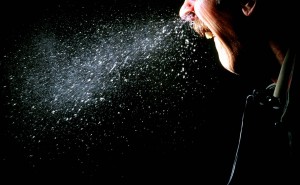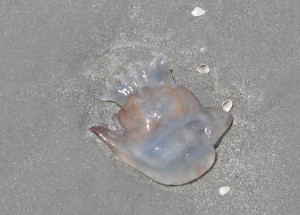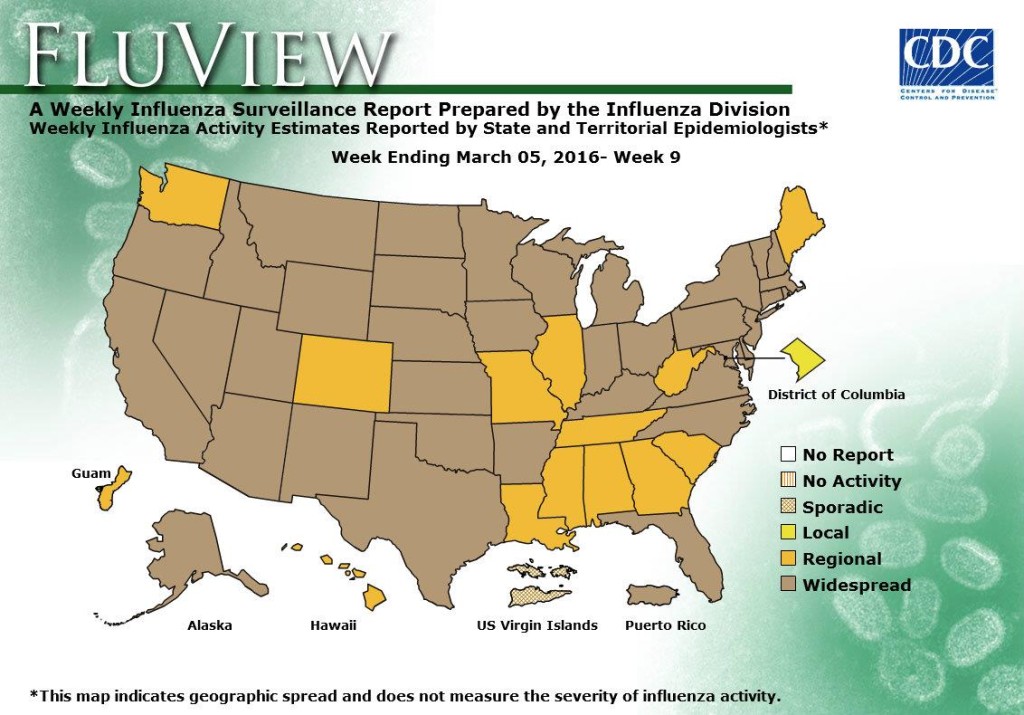 Daylight savings may have docked an hour from their sleep, but the Gloucesterites who thronged Stacy Boulevard on Sunday were in fine spirits. Cousins hugged; neighbors shook hands; even perfect strangers leaned in close to chirpily observe, “Beautiful day, isn’t it?” It was as though the entire city had survived a harrowing plane flight together—one where oxygen masks deploy and grown men whimper—and now, dazed and giddy, the passengers were congratulating one another on their luck.
Daylight savings may have docked an hour from their sleep, but the Gloucesterites who thronged Stacy Boulevard on Sunday were in fine spirits. Cousins hugged; neighbors shook hands; even perfect strangers leaned in close to chirpily observe, “Beautiful day, isn’t it?” It was as though the entire city had survived a harrowing plane flight together—one where oxygen masks deploy and grown men whimper—and now, dazed and giddy, the passengers were congratulating one another on their luck.
In this case, the danger averted was meteorological, rather than aeronautical. Notwithstanding a blustery weekend or two, Gloucester has landed safely in mid-March with a fraction of its average snowfall—and its first 70-degree day already in the books. But the city’s collective sigh of relief assumes that snow and ice are the worst, most treacherous features of winter.
As a germophobe of the highest order, I know better. And, frankly, I found the scene on the Boulevard appalling. Was I the only one who spent the morning over coffee, a Danish, and the CDC’s weekly influenza map? Did no else realize skin-to-skin contact is the surest transmission route for the human coronavirus? In my mind, the city’s touchy-feely celebrations were not only premature, but also likely to prolong our misery.
Because what the winter of 2016 lacked in ice, it has made up for in communicable disease. My next-door neighbor—a man generally too busy being handsome and talented to get sick—was recently stricken with pneumonia. His skin now hangs pale and slack over prominent cheekbones, and he hasn’t the energy to continue carving that marble bust of his daughter for her sixth birthday. On Friday another local friend woke up, yawned painfully, and discovered that his entire household had contracted strep throat. Since then, he has also learned:
- Harvard Pilgrim does not offer a ‘fourth one’s free’ deal on prescriptions of amoxicillin.
- Rather than keeping up with precise dosing schedules, it’s simpler just to distribute pills around the house in glass candy dishes.
As a schoolteacher, I’m on the front lines of every cold and flu season. Lacking immunity and the faintest regard for hygiene, children are the hardest-hit among us. This winter, I’ve found myself discussing poetry with half-empty classrooms. I exhausted my annual allotment of Kleenex boxes in February. And although I haven’t kept precise epidemiological records, I’ve noticed a surge in the volume of mucus left behind on my desktops, stranded and quivering like beached jellyfish. This is bad news for the rest of us, the caregivers and parents, who must herd damp tissues and administer rectal thermometers.
 [Worse for desks than your standard penis doodle]
[Worse for desks than your standard penis doodle]
I haven’t always been so fearful of viruses and bacteria. As a toddler, I lolled in every available sandbox, snacking on whatever bits and bobs I could grasp between my thumb and forefinger. As a teen, I rarely turned down a sip from a communal Budweiser. But things changed in February of 2002, during my junior year at Dartmouth College, when an epidemic of bacterial conjunctivitis swept campus. This wasn’t your garden variety pink eye. Victims of this particular strain discovered their condition as soon as they awakened, terrifyingly conscious but unable to open their eyes without the aid of a flat-head screwdriver. For the next three to five days, they shambled around campus in rarely-worn eyeglasses, their scarlet eyelids issuing a fluid as viscous and yellow as pine sap. Classmates recoiled, and friends treated them with the same compassion they might offer a smallpox blanket. As painful as the inflammation was, we students generally agreed that—aesthetically—it was better to suffer a bilateral case. Those with a single afflicted eye took on the lurid, asymmetric appearance of certain Picasso portraits.
 [Nothing a little bacitracin can’t handle]
[Nothing a little bacitracin can’t handle]
After a few weeks, the outbreak got so bad that it drew the attention of the national media and the Centers for Disease Control, whose agents descended upon tiny Hanover to swab our eyelids with Q-tips. Long lines formed at the doors of cafeterias, where stern women in lab coats demonstrated proper hand-washing technique. Desperate, we complied, which meant preparing to handle a peanut butter sandwich as though it were the still-beating heart of a transplant patient. Yet their efforts accomplished little. The pink eye abated only when spring break intervened and we all left campus.
The following winter, an article in the New England Journal of Medicine estimated the total number of cases in Dartmouth’s Great Pink Eye Epidemic: over 1000, on a campus with a population smaller than Rockport’s. Of this 1000, I personally accounted for no fewer than five, with each bout flaring up a few days apart. After my third case, I refused to leave my dorm room except for three obligations: attending class, going to work, and restocking my mini-fridge with Magic Hat. “Most likely,” my doctor told me over the phone, “you’re re-infecting yourself.” I pondered this, imagining how I must have absently rubbed an eye with some contaminated item. For a moment, I considered wearing an upside-down lampshade, like a sad, post-surgical terrier. After the fifth case, I was prepared to light a torch and treat all my worldly possessions to the full Velveteen Rabbit.
Since then, my germophobia has settled into a way of life. It rarely keeps me from doing things and going places, but I do confess to taking elaborate precautions and maintaining a vigilance that would make Louis Pasteur proud. Most of all, I continue to make a point of washing up before handling anything I’ll eat raw. If I so much as open the refrigerator after peeling an orange, I’ll scrub my hands once again. Because I do a great deal of eating, my hands remain forever chapped and red, as though they’re ladles I use to serve boiling pots of chili.
Shopping for food is sometimes a vexing experience. If I’m in the produce department and I overhear a teenaged employee sneeze, I’ll promptly decamp for another store. I’m unable to take the risk that, at some point during her shift, a tissue was out of reach—and she improvised with the broad leaf of my Swiss chard. Not long ago, I had a remarkable experience at a grocery store that will remain nameless. Ready to check out, I had unloaded my basket onto the conveyor belt and stood in line, pretending to ignore the headlines on the cover of Us Weekly. The cashier was a young fellow whose beefy thumb pierced the cellophane covering the final item in the order ahead of mine: a value pack of Perdue boneless chicken breasts. When the cashier lifted and tilted the Styrofoam, it left behind a glistening slug’s trail. Briefly, the boy and I made eye contact. He looked down at his fingertips, from which dangled strands of chicken slime, like bunting at a party whose guest of honor is diarrhea. The cashier looked back up at me. Then, to no one in particular, he called out: “Can I get a squirt of Purell?” I stood there, paralyzed, calculating the monetary value of my groceries and the likelihood they’d have to be discarded. At length, the boy shrugged and merely wiped his hands on the shirt stretched taut across his belly. Then he asked: “How are you today, sir?”
Often, I marvel at others’ apparent appetite for germs. Recently, I was standing in line at my favorite fishmonger, and I noticed a shallow bowl of those pastel ‘conversation hearts’ on the counter. It was well after Valentine’s Day, long enough for the candy to have accumulated the uric tang of ripe haddock, not to mention an array of microbes. Yet here was a well-dressed woman rooting through them with manicured fingers. “Be Mine?” Nope. “Kiss Me?” Nuh-uh. “True Love.” Pass. “Hep A?” Yes, please! If she lived, I assumed her next meal would be a burrito at an area Chipotle, where, while she waited, she’d lick the length of the stainless steel prep surface.
 [Again? Guess I’ll have to stop by my local cruise ship.]
[Again? Guess I’ll have to stop by my local cruise ship.]
It’s easy for me to spot my fellow germophobes, and I’m always on the look-out for new techniques. For instance, there is the fit older woman at the MAC, who drapes a plastic bag over the spot where her delicate neck meets the squat bar. And it’s never been a mystery to me why paper towels often collect in a mound beside the doors of public restrooms. These are hiking cairns for germophobes. We grasp the handle, drop the towel, and mark our passage—finding validation in the knowledge that others have deemed the space just as squalid as we have.
Whether it’s my habits or my schoolteacher’s superhuman immune system, I don’t get sick much anymore. But when I do, the viruses—spurned and thwarted for so long—really make themselves at home. It’s like the video footage of ordinary Libyans who, after decades of tyranny, streamed into the travertine palaces of Muammar Gaddafi, overturning vases and relieving themselves on his Oriental rugs. In fact, I’m just getting over my first cold in ages, which for ten days rendered me a feverish, hacking mess. I was at my lowest on the day of the Massachusetts primary, but I managed to crawl out of bed and hobble to my polling station just up the block. On my way out, I spotted a small group holding signs for Donald Trump. And so I performed my second civic duty of the day: stopping by for introductions and long, moist handshakes.
But when it comes to exposing others to my germs, I normally try to follow the Golden Rule. So while I’ve ended my self-imposed quarantine from my wife, it’ll take some time to go over every inch of our apartment with a sponge and a 2% bleach solution. Perhaps when I’m done, the weekly flu statistics will have declined—and I’ll be ready to join the end-of-winter celebrations. I’ll be the one smiling and waving my chapped hands, all from a safe, sanitary distance.





Once again, laughing out loud over here. You may be the only individual who can appreciate how I feel when my significant other traipses around in the streets, then immediately comes home and rests these previously-deemed “indoor shoes” on our coffee table. Nails on a chalkboard, man. Kills me every time.
Sorry. I’m on the side of “what doesn’t kill you, makes you stronger.”